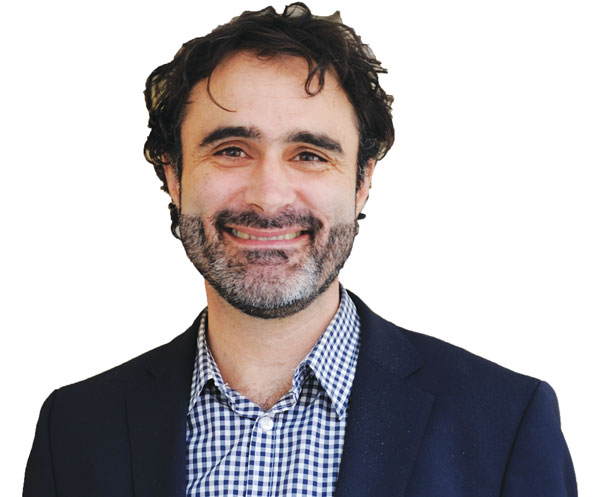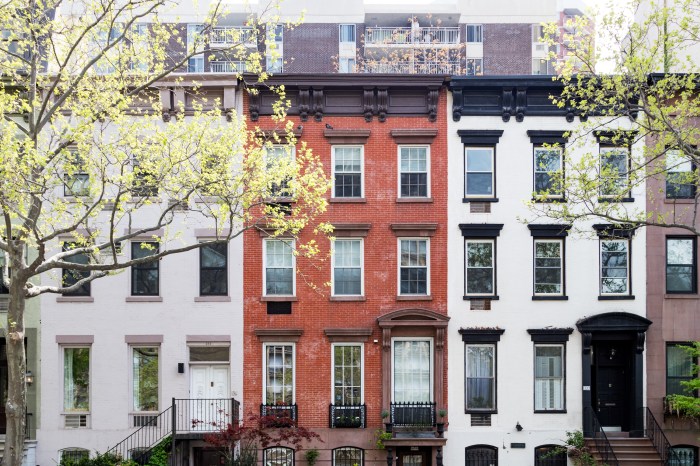BY TERESE LOEB KREUZER | Most institutions that embed themselves in the city’s fabric owe their existence to a group of people, but the New Amsterdam Market that just concluded its 2011 season on South Street near Peck Slip exists because one man: Robert LaValva. He was born in Trenton, N.J. and spent his early years in Princeton Junction near several farms that have since succumbed to development. He discusses how his past led him to where he is today.
Those memories were obviously influential. The market that you founded helps to preserve farms. What else influenced you?
When I was in middle school and high school, I had a number of teachers who really introduced us to the idea of the environment and ecology. This was in the ’70s. As I look back on it, they must have been flower children themselves — but what they taught had an impact.
Where did you go to college? What did you study?
I went to N.Y.U.; I was interested in ecology and environmental issues and also interested in cities and architecture and planning. At the time, those two things seemed at odds. Of course, nowadays people look at cities as part of the natural environment.
I eventually got a degree in N.Y.U.’s urban design program.
What did you do next?
I applied to design school. I ended up going to the Harvard Graduate School of Design. I graduated in 1991 with a Master’s in Architecture (MArch). But I found myself more drawn to the idea of cities and how they function and the systems that connect cities to the environment. What really excited me was the idea of natural systems and environmental systems and urban systems. I didn’t know how on earth all these things could come together.
So how did they come together for you?
Serendipity. I applied for a job at the New York City Department of Sanitation. It was advertised as a planner to work on the siting and development of new recycling infrastructure. When I went to interview for the job, I was told, we’re opening up another position. It’s for composting. Would you be interested in that? I thought, ‘That sounds amazing.’ I had learned about composting and it seemed like this magical process whereby you were taking waste and turning it into soil with all these friendly bacteria helping you. I said yes right away. It was a great job. I was there for almost 10 years. I eventually ran the program. My experience in the composting world led me to get to know people who were also thinking about organic gardening, permaculture and environmental systems related to food systems. I thought I would like to do something new that brought together all these crazy, seemingly disparate interests that had to do with design and planning on the one hand, and on the other hand, with natural systems and biology and the environment — and also with food and cooking and markets.
What specifically gave you the idea for the New Amsterdam Market?
I went to London to work at a great cheese shop called Neal’s Yard Dairy. Their main store is in the Borough Market in South London. Since Roman times, it has been a place where people bought and sold food. There were probably thousands of different food businesses located there. In the late 1990s, the wholesale produce vendors started to move out of the city and there were a lot of stalls becoming empty. Then a trust that runs the market as a public site started to stage food events at the market. One of my jobs at Neal’s was to get there at 4 a.m. to stack all the cheeses. I saw the whole theater of the city and the market just coming awake. It was inspiring. I walked around the market thinking, ‘Why don’t we have this kind of market in New York?’ This led me to learn that we once had this kind of market here [where the Fulton Fish Market once was, in and around South Street.] I wanted to start a market. The first one was a one-day event held under the arcade at the south end of the Municipal Building.
And you’ve grown from there, correct?
Yes. In 2006, the New Amsterdam Public Market Association was incorporated as a 501(c)3 [nonprofit organization].
And you just held your 50th market?
Yes. It was a great year for the market — our longest season to date. We went from late spring to winter with the greatest range of products ever.
We’re meeting with the E.D.C. [New York City Economic Development Corp.] in January to talk about 2012.


















